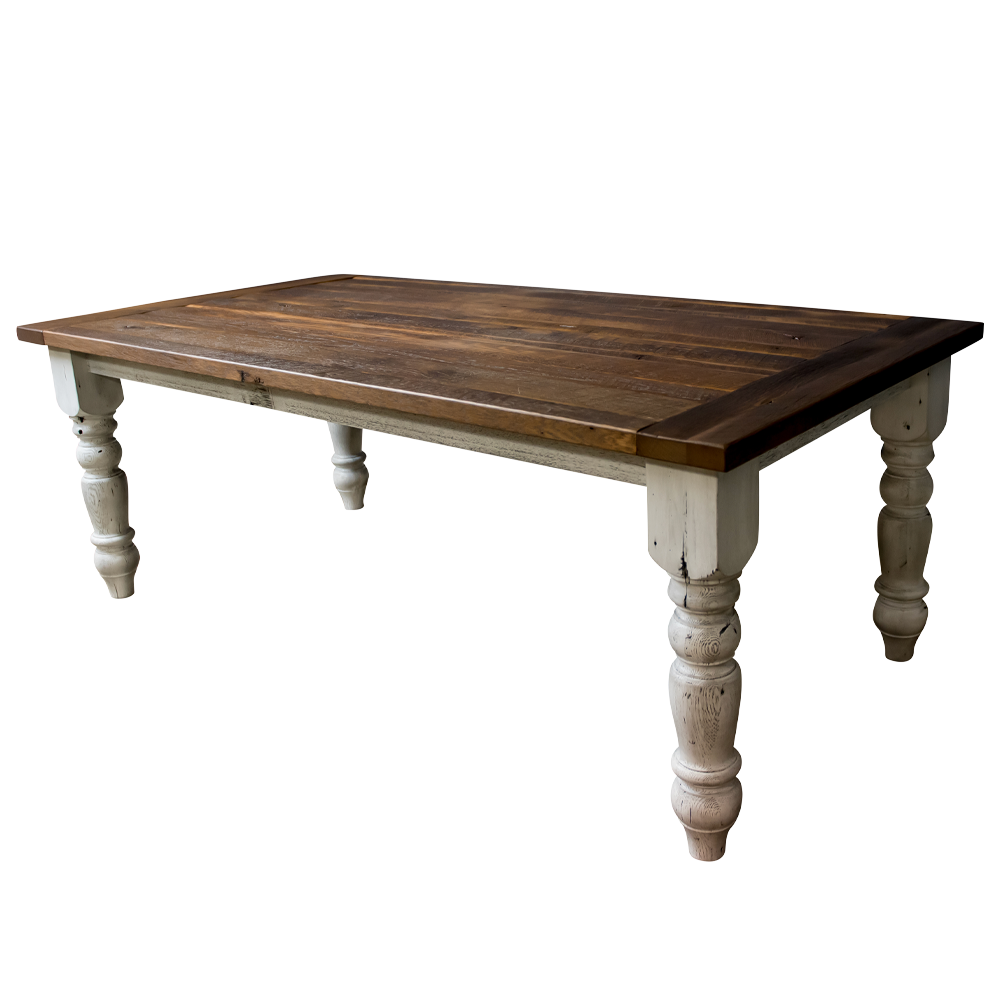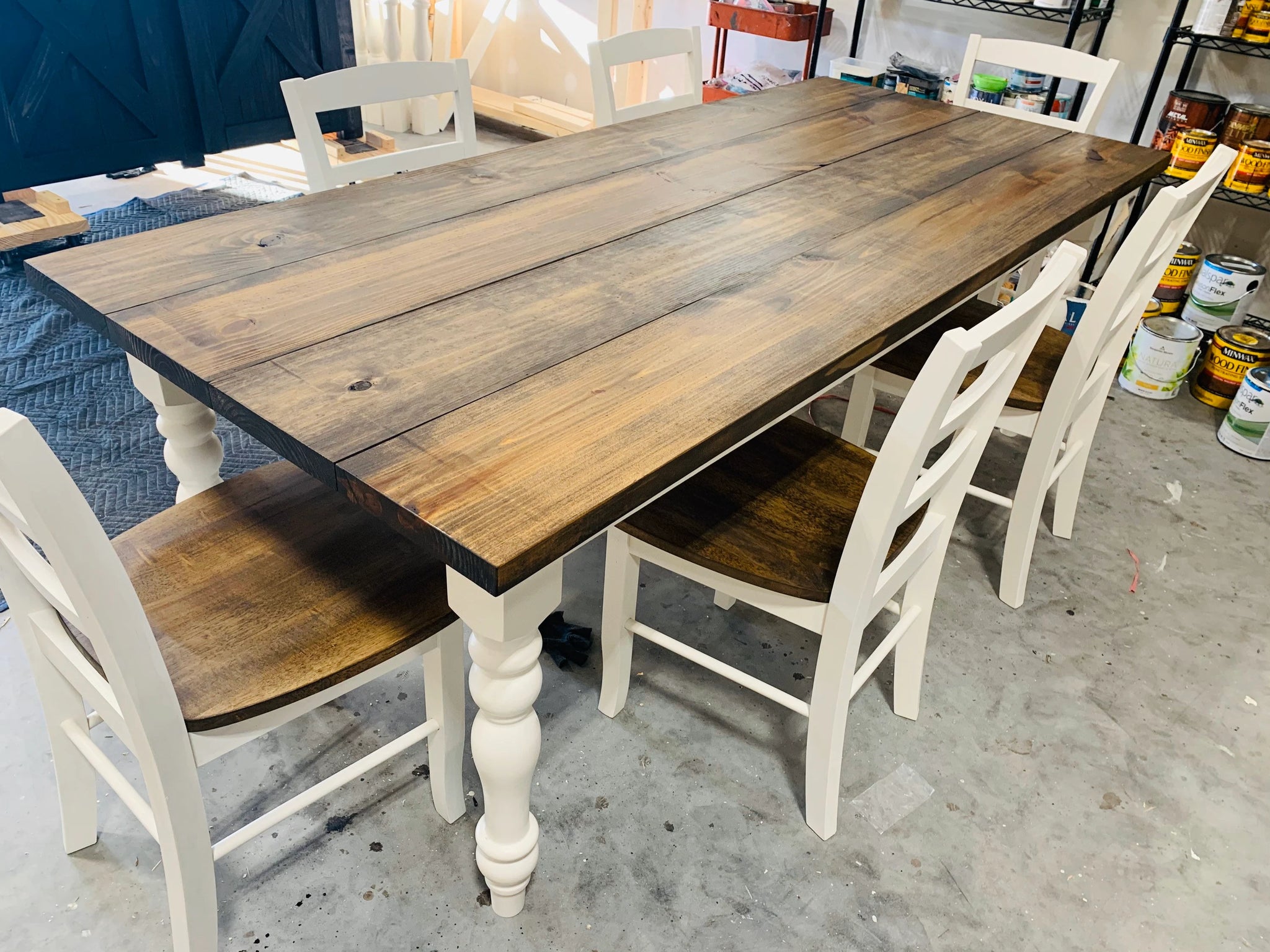Essential Considerations for Picking the Right Eating Table Legs Timber
Picking the appropriate wood for eating table legs entails a nuanced understanding of different factors that affect both capability and aesthetic charm. The choice of wood kind, varying from durable hardwoods to extra delicate softwoods, plays an essential function in ensuring toughness and security. Each of these elements can drastically influence the general experience of your dining room.
Significance of Timber Type

Hardwoods, such as maple, walnut, and oak, are commonly liked for their toughness and resistance to use. These types of timber supply a durable structure that can hold up against everyday usage, making them excellent for eating tables that experience regular gatherings. In contrast, softer woods like want might be more vulnerable to scrapes and dents, which may not be suitable for high-traffic locations.
Additionally, the selection of wood can likewise influence the convenience of maintenance. Some woods need routine oiling or securing to protect their look, while others might be a lot more flexible. Eventually, picking the ideal wood type includes stabilizing visual factors to consider with useful needs, making sure that the dining table legs not only look appealing yet likewise stand the test of time.
Analyzing Security and Stamina
When examining dining table legs, one should think about the stability and stamina they offer to the total framework. The legs are vital in sustaining the tabletop and making certain the dining experience is safe and enjoyable. A stable table is essential for preventing tipping or tottering, which can result in spills or mishaps throughout dishes.
The selection of timber kind considerably influences toughness. Woods such as oak, maple, and walnut are commonly much more long lasting and robust than softwoods like pine or fir. In addition, the density and design of the legs play an important function; thicker legs or those with a tapered style can offer better assistance and security.

Visual Factors To Consider
While capability is critical, the visual charm of eating table legs can not be ignored, as they significantly affect the total style and ambiance of the eating space. The option of design, finish, and timber can improve or detract from the table's visual effect.

Surfaces additionally play an important duty in aesthetics. A natural coating can highlight the timber's innate appeal, while painted or discolored legs can introduce color and character right into the area. The proportion and scale of the legs loved one to the table top and surrounding furnishings has to be thought about to make certain aesthetic balance and communication.
Ultimately, the table legs should not only offer a practical purpose but likewise contribute to a cohesive and welcoming atmosphere, making them an essential consideration in the total style of the eating location.
Upkeep Needs
To make sure durability and protect the beauty of wood eating table legs, routine upkeep is crucial (Dining Table Legs Wood). Timber is a natural material that can be at risk to harm from wetness, heat, and wear. Developing a routine care strategy will substantially enhance the toughness of your dining table legs.
Begin with routine dusting making use of a soft, lint-free cloth to remove dust and debris that can scratch the surface area. For even more thorough cleansing, utilize a mild soap option and damp fabric, avoiding excess wetness try this out that could permeate into the wood. It is a good idea to use a high-grade wood polish or conditioner every few months to nurture the wood and keep its radiance.
Attend to any kind of scrapes or damages without delay with appropriate timber filler or touch-up pens to stop further deterioration. By adhering to these upkeep demands, you will not just preserve the aesthetic allure of your wooden dining table legs however likewise prolong their functional life expectancy.
Budget and Cost Factors
Budget plan and price elements frequently play a critical role in the decision-making process for picking wood table legs. When evaluating choices, it is necessary to develop a clear budget that lines up with your total furniture investment. The cost of wooden eating table legs can vary dramatically based upon the type of wood, design, and craftsmanship complexity.
Hardwoods such as walnut, cherry, and oak normally command higher costs because of their longevity and visual allure. On the other hand, softer timbers like yearn may be more cost effective but may not offer the very same durability. In addition, custom-made or artisan-crafted legs can sustain additional costs, mirroring the ability and time invested in their development.
It is also essential to consider the possible long-lasting worth of your investment. While going with lower-cost products might appear financially sensible originally, they may require even more regular substitute or repairs, eventually boosting total expenditure.
As a result, balancing top quality and price is vital. Focus on materials that meet your aesthetic choices while guaranteeing they fit easily within your budget plan, enabling you to create an eating location that is both useful and aesthetically appealing.
Verdict
In conclusion, picking the appropriate timber for dining table legs demands careful consideration of numerous variables, including wood type, security, looks, upkeep, and budget plan. Hardwoods such as oak and walnut give premium toughness and strength, while style and density add to overall stability. Aesthetic allure and upkeep needs should straighten with specific choices and way of living. see this page Inevitably, a knowledgeable choice will certainly improve the long life and aesthetic charm of the table, guaranteeing complete satisfaction and performance for years to find.
Choosing the wikipedia reference right kind of timber for dining table legs is essential for both aesthetic allure and architectural integrity. Eventually, picking the appropriate timber type entails stabilizing visual factors to consider with useful requirements, guaranteeing that the eating table legs not just look enticing however also stand the test of time.
It is a good idea to apply a high-quality timber polish or conditioner every few months to nourish the wood and preserve its luster.
The cost of wooden dining table legs can differ significantly based on the kind of craftsmanship, design, and timber complexity.
In final thought, choosing the appropriate wood for dining table legs requires cautious factor to consider of different aspects, consisting of timber kind, stability, appearances, upkeep, and budget.